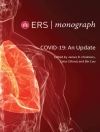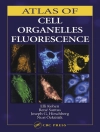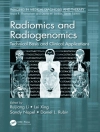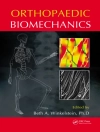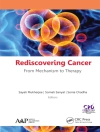This up-to-date, superbly illustrated book is a practical guide to the effective use of neuroimaging in the patient with cognitive decline. It sets out the key clinical and imaging features of the various causes of dementia and directs the reader from clinical presentation to neuroimaging and on to an accurate diagnosis whenever possible. After an introductory chapter on the clinical background, the available ‘toolbox’ of structural and functional neuroimaging techniques is reviewed in detail, including CT, MRI and advanced MR techniques, SPECT and PET, and image analysis methods. The imaging findings in normal ageing are then discussed, followed by a series of chapters that carefully present and analyze the key findings in patients with dementias. Throughout, a practical approach is adopted, geared specifically to the needs of clinicians (neurologists, radiologists, psychiatrists, geriatricians) working in the field of dementia, for whom this book will prove an invaluable resource.
İçerik tablosu
Clinical background: Definition of dementia. Prevalence and incidence. Nosological approach. Differential diagnosis. Multi-disciplinary integration.- The toolbox: Structural imaging. Feature extraction. Advanced MR techniques. SPECT and PET.- Normal Ageing: Brain volume loss. Enlarged perivascular (Virchow-Robin) spaces and lacunes. Age-related white matter changes. Iron accumulation. Hidden age-related changes in brain tissue.- Primary gray matter loss: Alzheimer’s disease. Frontotemporal lobar degeneration. Dementia with Parkinsonism. Dementia in other movement disorders. Prion-linked dementias. Recreational drugs and alcohol.- Vascular Disease: history and nosology. Large vessel vascular dementia. Small vessel vascular dementia. Vasculitis. Systemic hypoxia. Mixed dementia and interrelationship Va D/AD.- Disorders mainly affecting white matter: Infections. Inflammatory disorders. Inborn errors of metabolism. Toxic leukencephalopathy and dementia. Post-therapy effect. Trauma.- Dementias with associated brain swelling. Giant VRS. Infections. Neoplastic disease and radiation necrosis. Auto-immune limbic encephalitis. Normal pressure hydrocephalus (NPH). Arteriovenous malformation (AVM) and fistula (AVF). Reversible posterior leukencephalopathy (RPLS). Anti-amyloid therapy.


